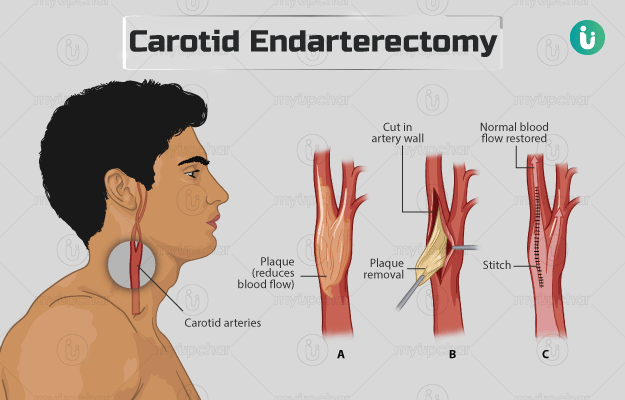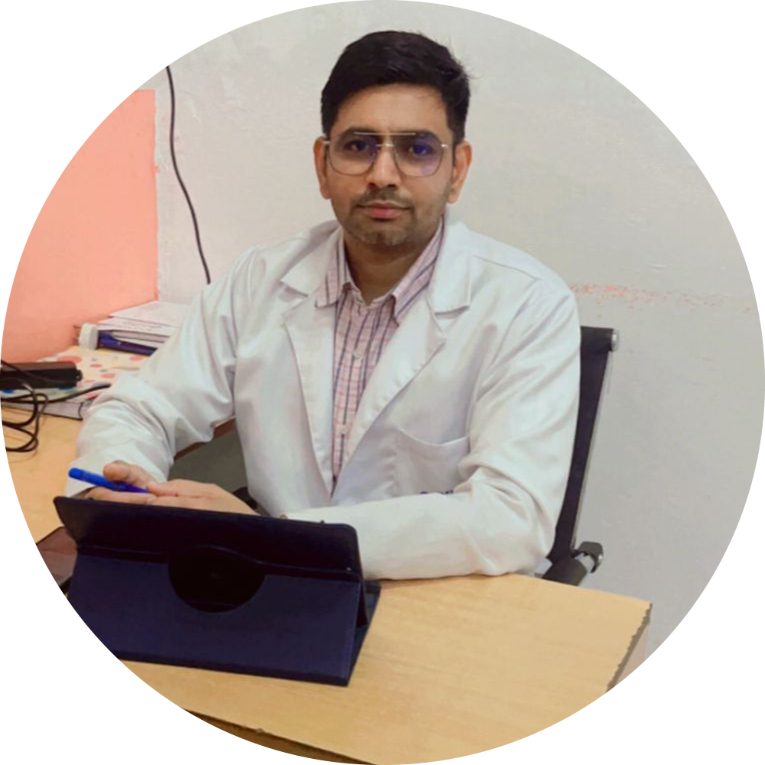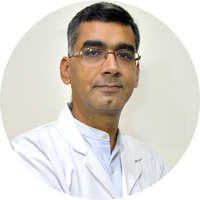Summary
Carotid endarterectomy (CEA) is performed to remove plaques in the carotid artery - the artery that supplies blood to the face and the brain. Plaque formation leads to narrowing of the carotid artery and reduces blood supply to the brain, which, in turn, could cause a stroke.
Before performing CEA, certain diagnostic tests, such as ultrasound, angiography, magnetic resonance angiography or computed tomography angiography, may be required. You will need to stop blood-thinning medications and smoking before the surgery. The surgery may be done under local or general anaesthesia. After the surgery, care should be taken to keep the surgical site clean and dry. You will have to exercise and make changes in your lifestyle and food habits to prevent the plaque formation in future.










































